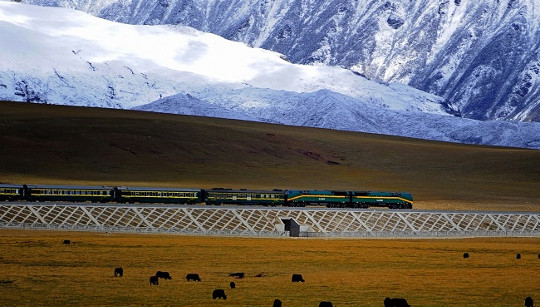 Senior Chinese official warns that climate-related temperature rises could seriously affect the country’s harvests and major infrastructure projects.
Senior Chinese official warns that climate-related temperature rises could seriously affect the country’s harvests and major infrastructure projects.
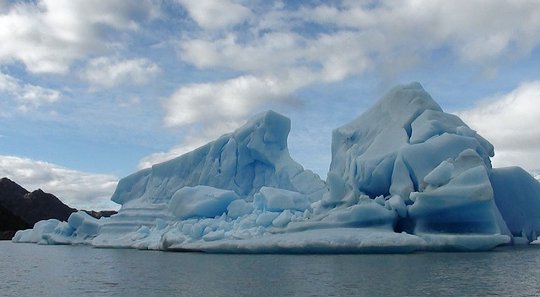 You never forget the first time you see an iceberg. But, in truth, the first iceberg you see is likely to be small. Most icebergs that make it far enough north from Antarctica to where they are danger to shipping are sometimes many years old and at the end of their lives. They are small fragments of what once left the continent.
You never forget the first time you see an iceberg. But, in truth, the first iceberg you see is likely to be small. Most icebergs that make it far enough north from Antarctica to where they are danger to shipping are sometimes many years old and at the end of their lives. They are small fragments of what once left the continent.
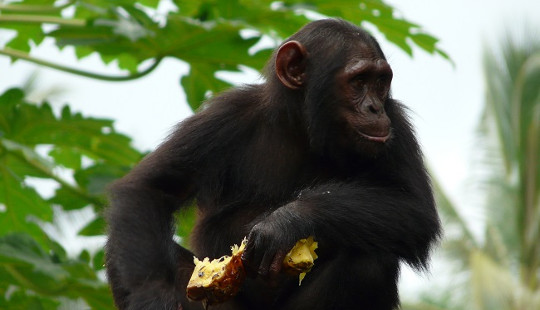 One of our closest animal relatives is at risk of being wiped out as changing rainfall patterns threaten to destroy its Central African habitat. Central Africa in particular, and the continent in general, is likely to be severely affected by climate change.
One of our closest animal relatives is at risk of being wiped out as changing rainfall patterns threaten to destroy its Central African habitat. Central Africa in particular, and the continent in general, is likely to be severely affected by climate change.
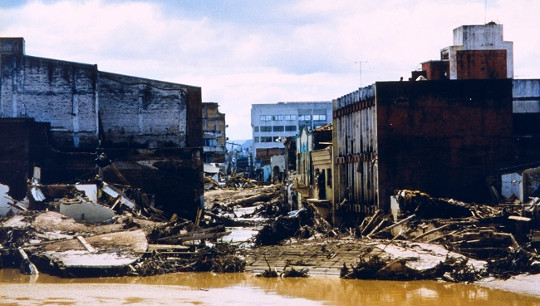 International scientists say global warming could double the frequency of the extreme La Niña weather phenomenon that triggers floods and hurricanes.
International scientists say global warming could double the frequency of the extreme La Niña weather phenomenon that triggers floods and hurricanes.
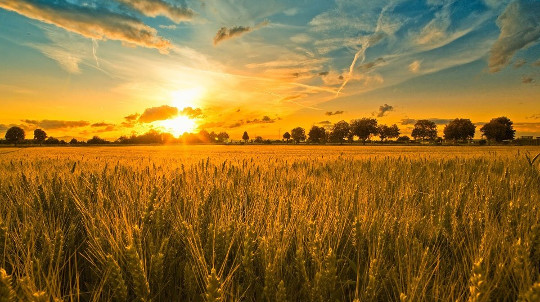 Worldwide field trials show that just one degree of warming could slash wheat yields by 42 million tonnes and cause devastating shortages of this vital staple food.
Worldwide field trials show that just one degree of warming could slash wheat yields by 42 million tonnes and cause devastating shortages of this vital staple food.

Scientists report that many cities near the coasts of the US should prepare for daily flooding at high tide by mid-century because of rising sea levels.
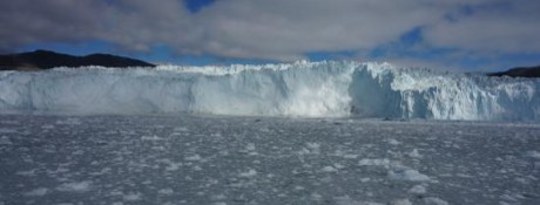
At the top of the world, it’s time to get ready for a new future. In the winter of 2013–14, hundreds of milk-white birds with luminous yellow eyes and wingspans of up to 5 feet descended on beaches, farmers’ fields, city parks and airport runways throughout southern Canada and the United States.

One of nature’s most spectacular events occurs every autumn, when the leaves of hardwood trees burst into brilliant color before falling to the ground. These autumnal displays entice people to experience nature in all its raw beauty.
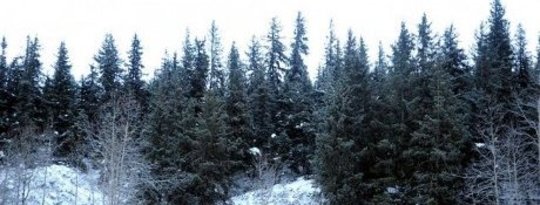
Some tree species in central Europe are growing faster as the climate changes, while the rising levels of acid it causes are endangering coral in Australia’s Great Barrier Reef.
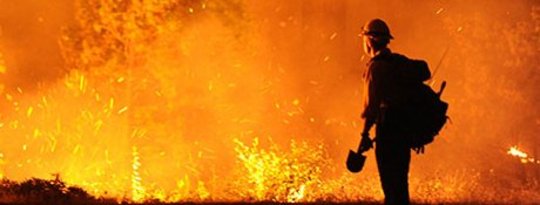
As the forest fires season peaks in the western US, a new report predicts that climate-led temperature rise will lead to millions more acres across the world being burned to the ground.
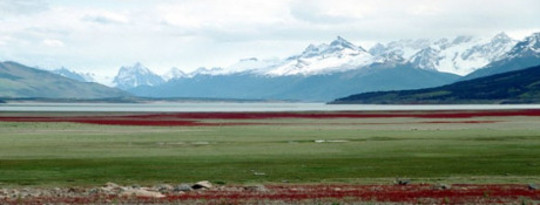
New research shows that the complex balance of gains and losses caused by climate change could mean more land being available for agriculture ? but fewer harvests.

Those who question the seriousness of the threat which climate change presents have a very strange idea of the risks they think are acceptable.
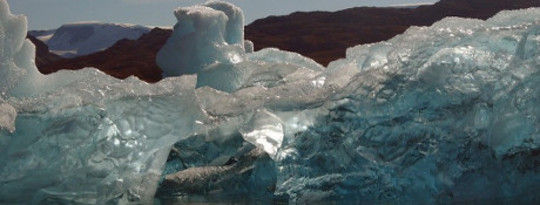
Two new atlases provide clear visual evidence of the effect climate change and extreme weather can have on people and property.

Failure to factor immediate action on climate change into American policies and business plans aimed at economic prosperity will lead to havoc, warns former US Treasury Secretary.
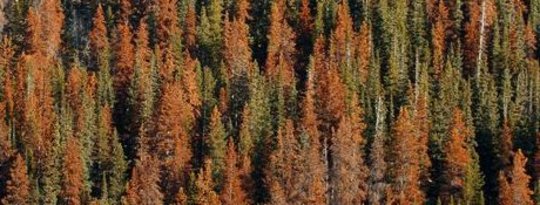
If you’ve ever wondered how much little things really matter, consider the mountain pine beetle. Roughly the size of a grain of rice, the glossy black insect lives only about a year. A throng of beetles can ravage a pine as tall as an eight-story building, as the tree first oozes sap, then its needles turn rusty red...
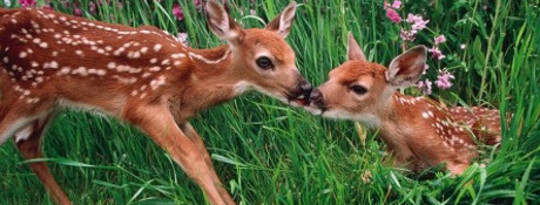
Spring and summer have come early – and observations from some parts of the country even suggest that typical autumn events, such as the development of beech nuts and hawthorn berries, are already in evidence. But, to understand effects on our wildlife, a longer view is needed...

The heavyweights of the global insurance industry, well aware of the risks posed to their finances by extreme weather events, have made a renewed commitment to use their financial clout and influence to tackle the climate impacts of a warming world
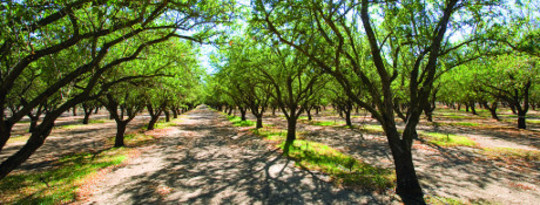
While recent rainfall has brought welcome relief to California, the amount of precipitation has not been nearly enough to put an end to what is its worst drought on record. The state’s $45 billion agricultural sector has been particularly hard hit.

The 2014 State of the Climate report. a joint undertaking by the CSIRO and Bureau of Meteorology, found that Australia’s temperature is predicted to rise by 1°F to 2.7°F by 2030; in comparison, between 1910 and 1990 the temperature rose by 1°F.
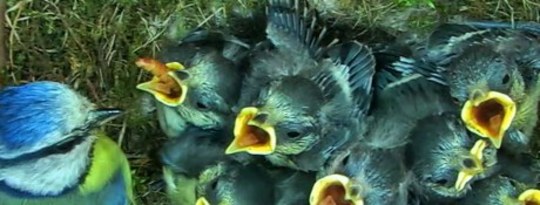 It is not just the extreme cold that birds have had to cope with in recent British winters, scientists have found, but the unpredictability with which the weather often now changes.
It is not just the extreme cold that birds have had to cope with in recent British winters, scientists have found, but the unpredictability with which the weather often now changes.
-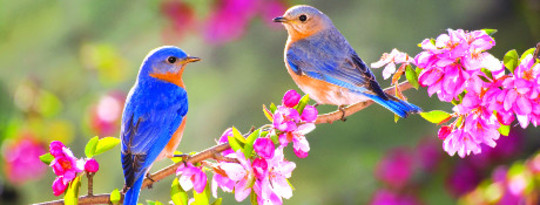
Increasingly common false spring events are leaving crops and wild plants vulnerable to subsequent freezes, creating a cascade of consequences for ecosystems. The spring of 2012 was the earliest recorded across the United States since 1900.
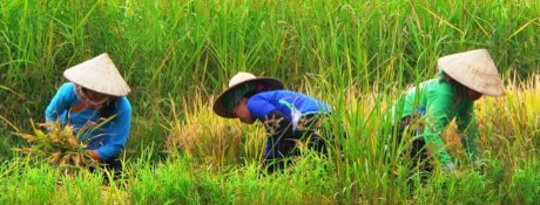
The world faces a serious water crisis, warned former heads of government and experts recently in a book that identifies a multitude of associated security, development and social risks, including food, health, energy and equity issues.
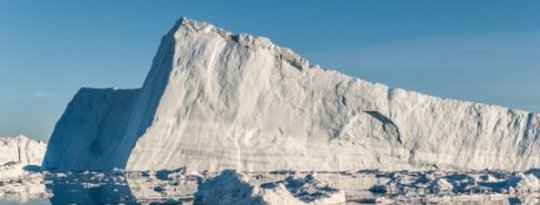
Research from the Arctic shows Greenland’s fastest-flowing glacier has doubled its summer flow pace in a decade, and ice cover on Alaskan lakes is declining.













